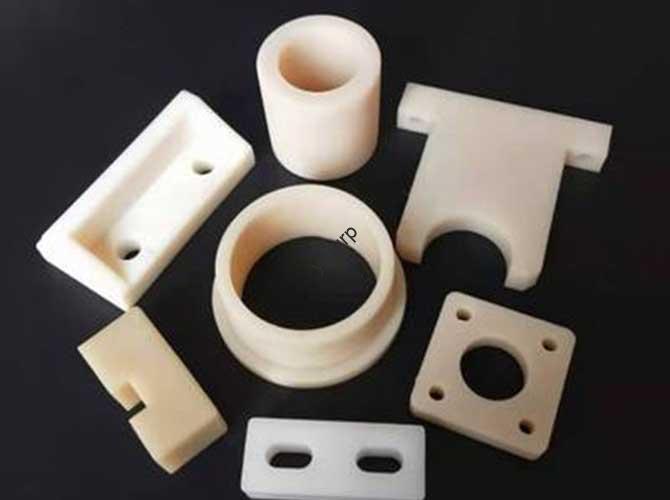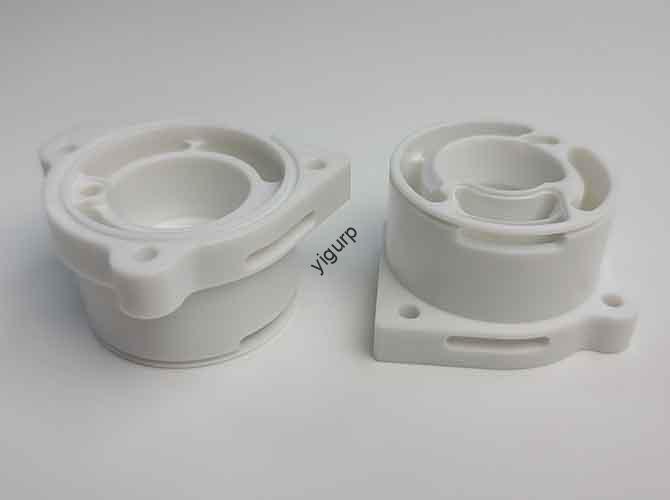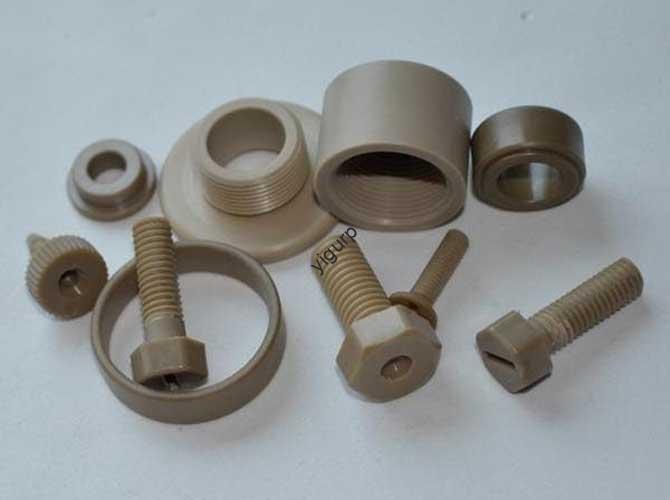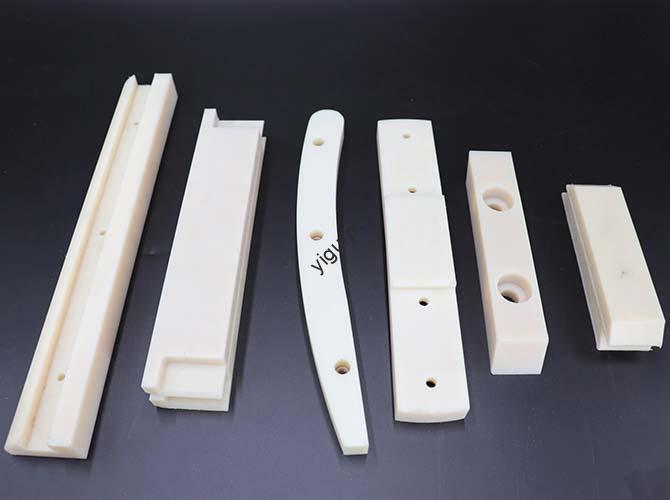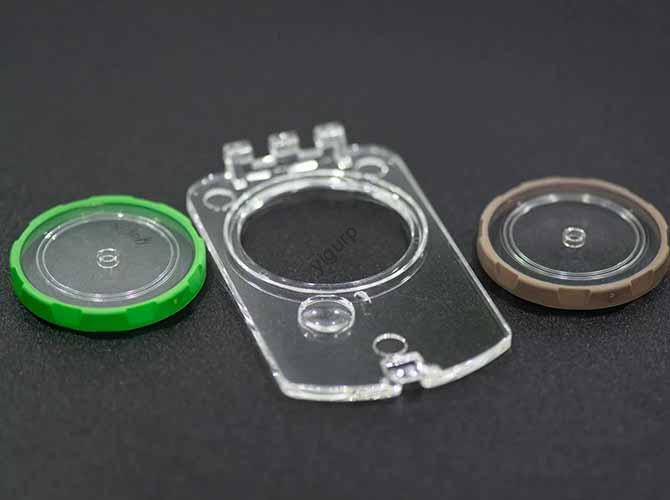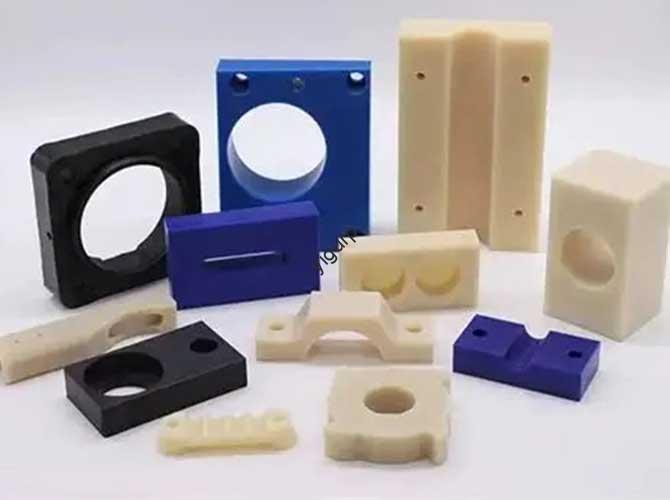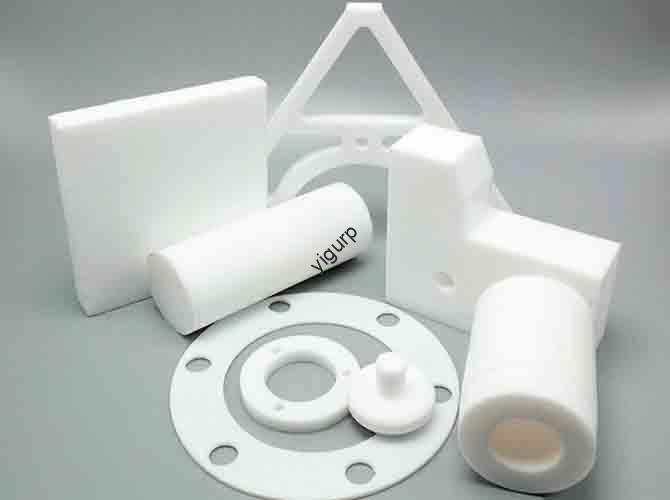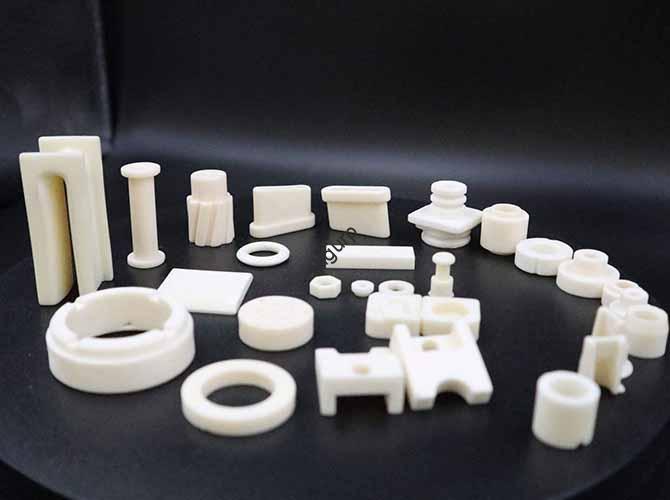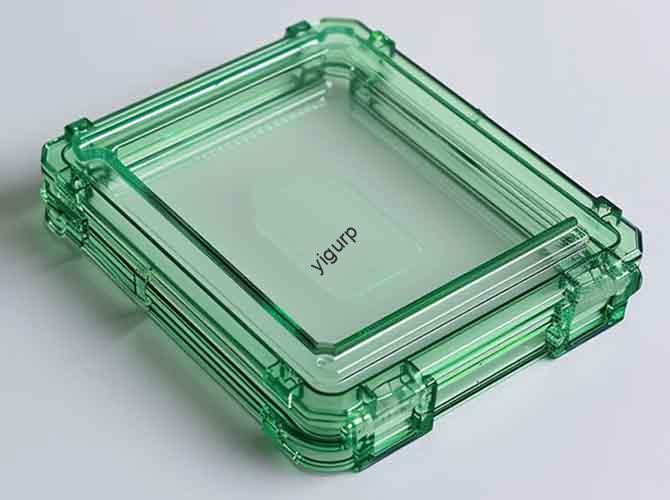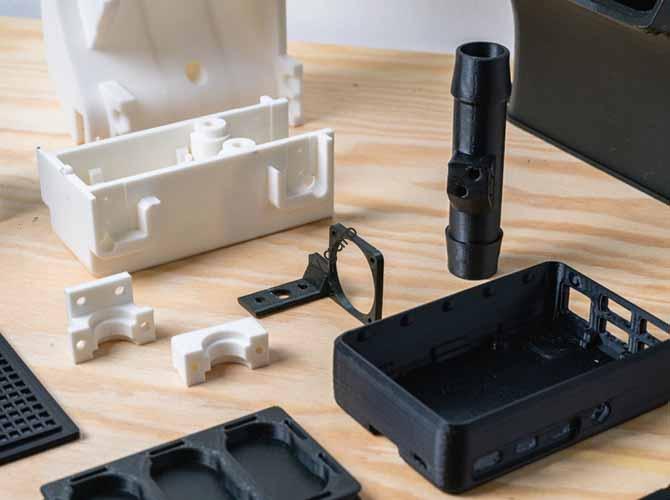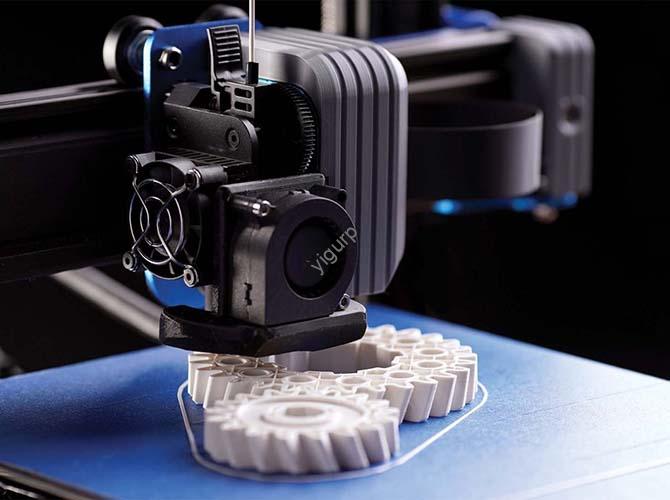O que são moldes artesanais de silicone e suas principais aplicações?
Os moldes de silicone artesanais são flexíveis, detail-capturing tools made from liquid silicone rubber that cure into reusable molds for creating handicrafts. Ao contrário dos moldes rígidos (Por exemplo, plástico, gesso), they excel at reproducing tiny textures—from the grain of a wooden prototype to the intricate patterns of jewelry. But what makes them a top choice for crafters and small-scale […]
